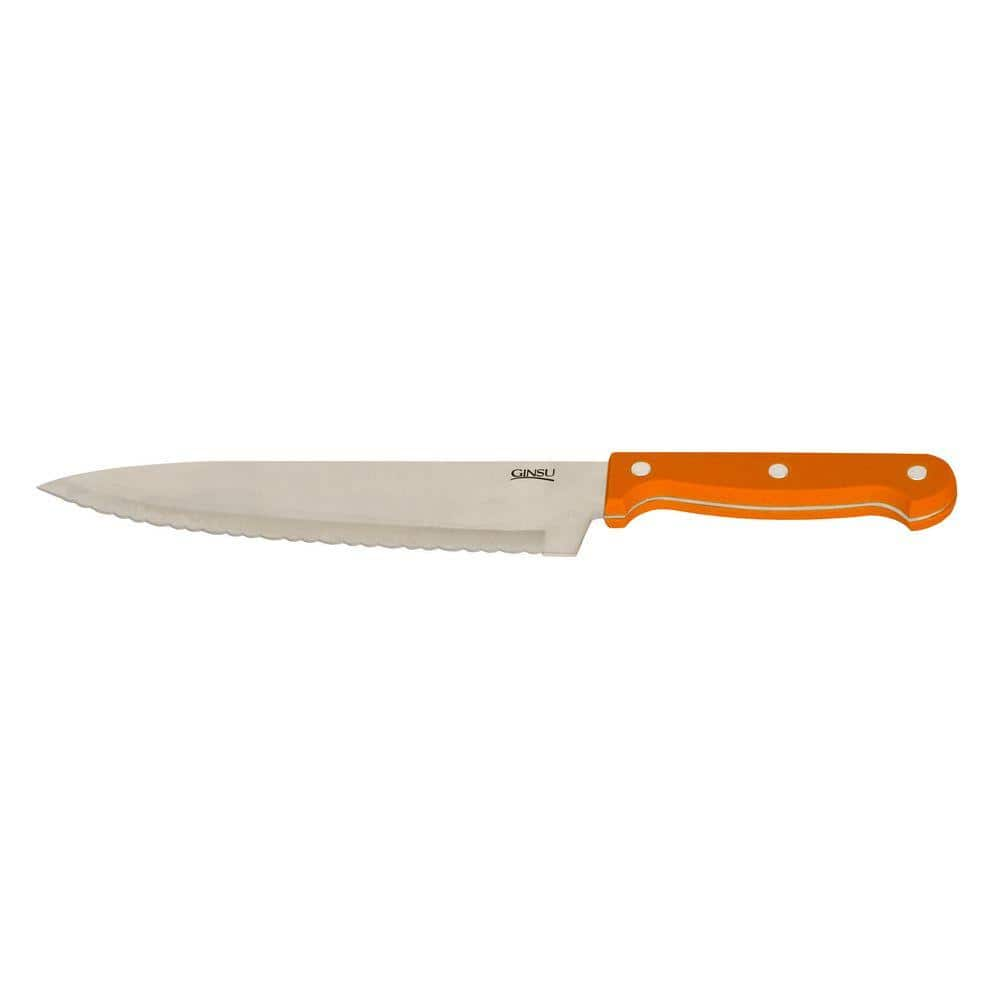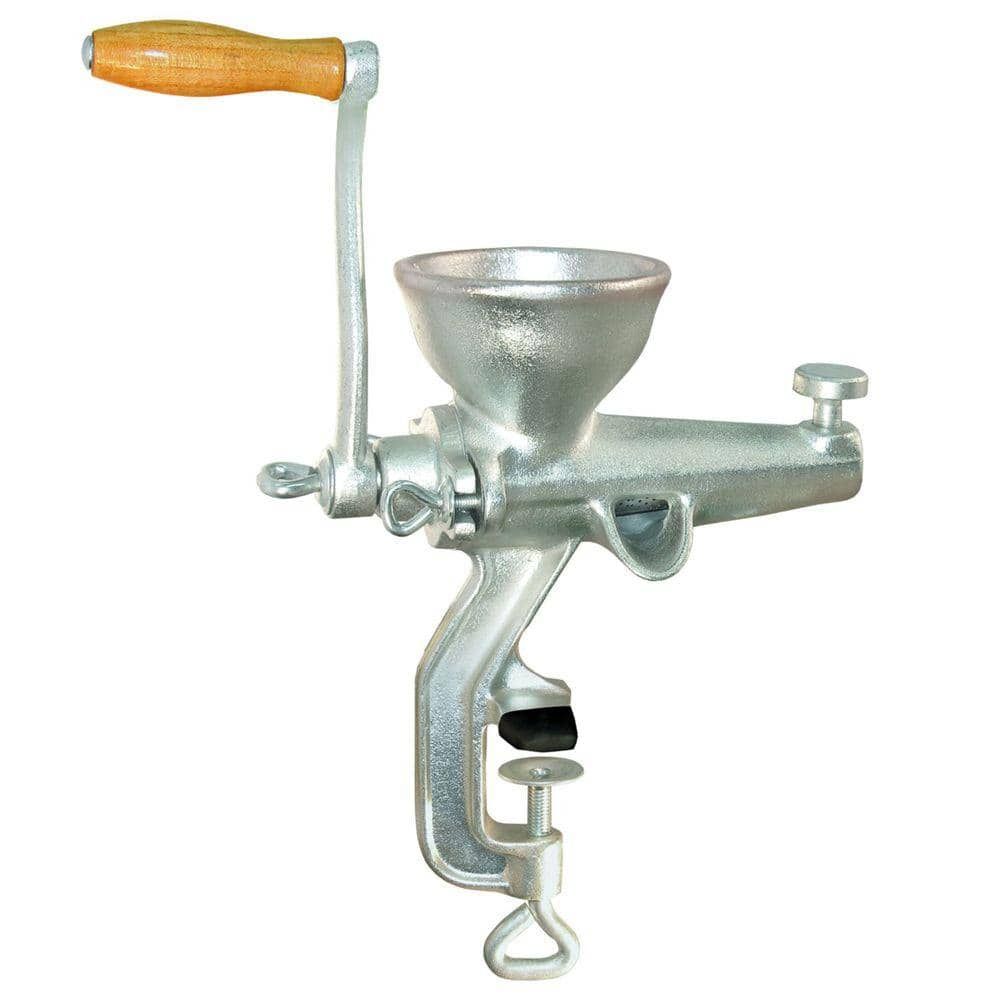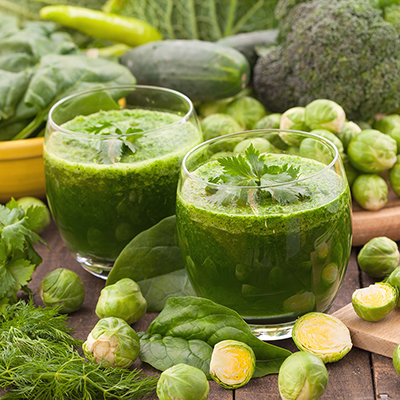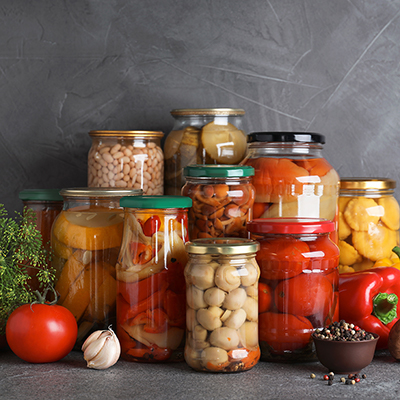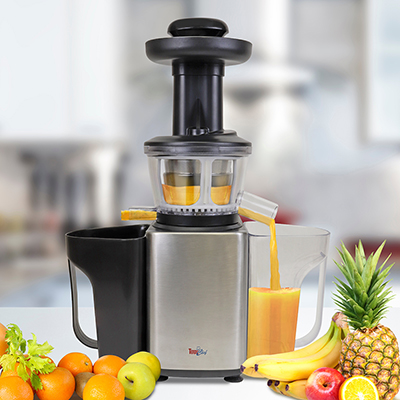How to Use a Juicer
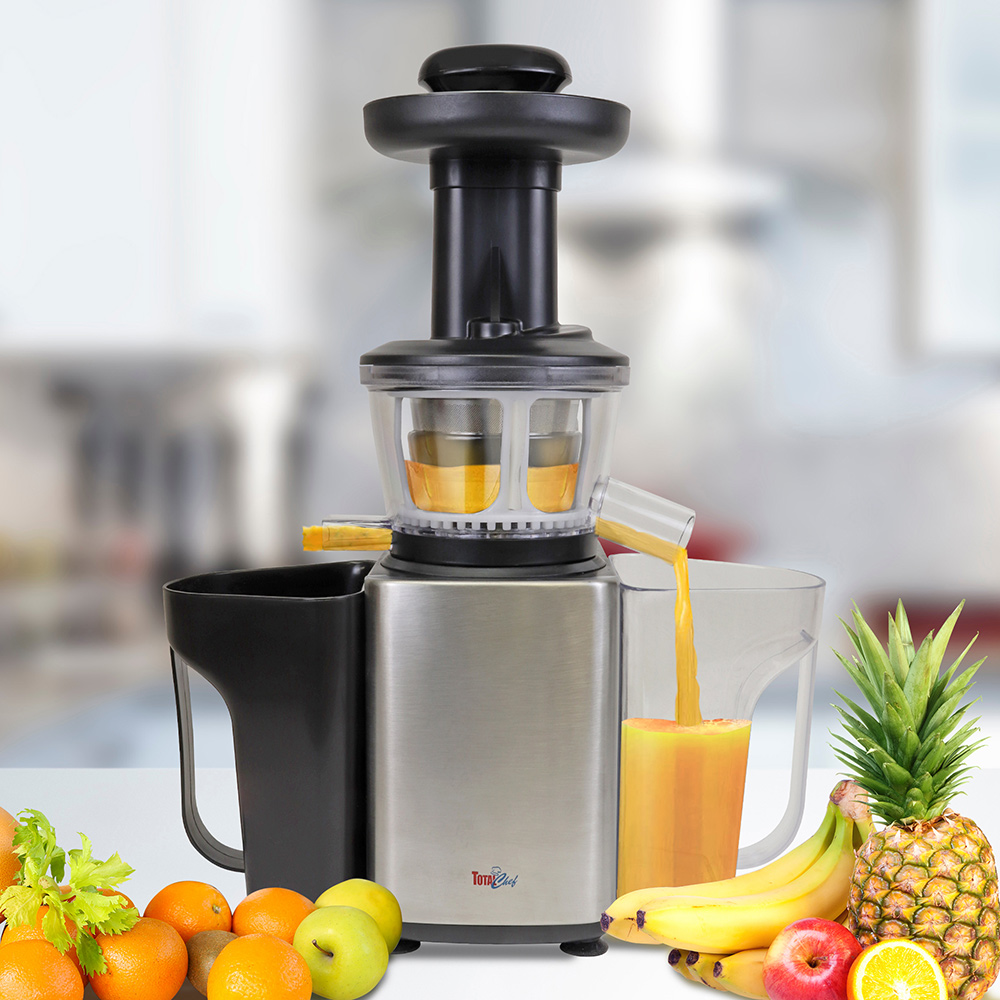
Last updated September 7, 2023
Whether you're embarking on a healthier lifestyle or just want more nutritious options, owning a juicer allows you to create your own healthy recipes. From cleanses to soup and sorbet, this versatile appliance can help you whip up culinary creations in just a matter of minutes. This guide will teach you which types of food to use, as well as a few cleaning tips, so you can get the most out of your juicer.
Table of Contents
Choose Your Type
Pick Your Produce
Keep Your Juicer In Sight
Keep Your Juicer Clean
Store Your Juice
Choose Your Type
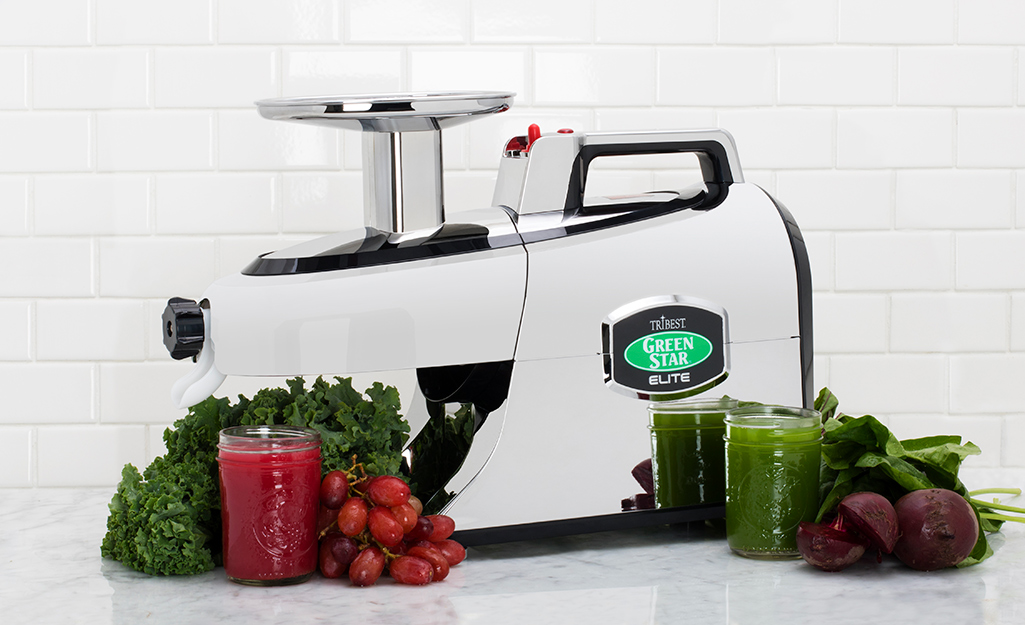
Juicers are available in manual or electric and the type you choose will depend on your budget and kitchen needs. While some people prefer manual juicers because they are more cost effective, quieter and often easier to clean than electric versions, others will shy away from manual because they can be more time consuming to use.
It's also important to determine whether you want a juicer or a juice extractor. Here's a quick look at the differences:
- Juicer: Works primarily with citrus fruits to squeeze out their juice. It can be either centrifugal, cutting fruit into pieces then spinning to release juice, or masticating, chewing the fruit to create juice.
- Juice extractor: Able to extract juice from fruits and vegetables, a juice extractor cuts produce into pieces then spins to separate the seeds, pulp and skin, leaving you with fresh, pure juice that's smoother than juice made with a basic juicer.
Pick Your Produce
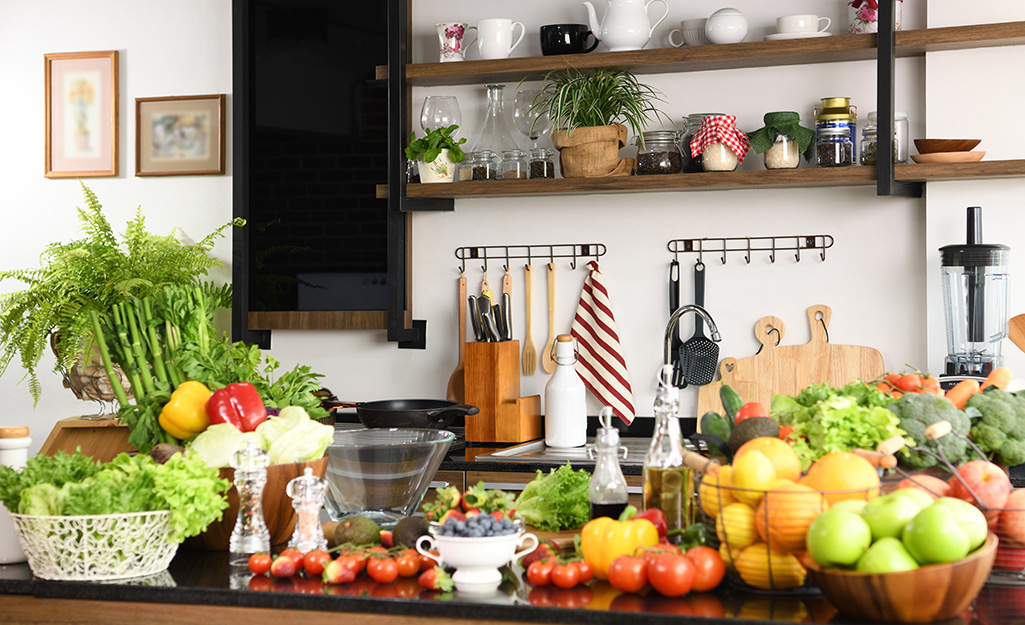
Certain fruits and veggies tend to juice better than others. While celery juices well, bananas often become thicker and mushier. Here are a few of our favorite items to juice:
Fruits:
- Apples
- Pears
- Oranges
- Grapefruit
- Grapes
- Lemons
- Limes
- Cantaloupe
- Honeydew melon
- Watermelon
- Strawberries
- Blueberries
- Pomegranate
- Kiwi
- Pineapple
- Mango
Vegetables:
- Carrots
- Celery
- Beets
- Tomatoes
- Turnip
- Cucumber
- Asparagus
- Bok Choy
- Spinach
- Kale
- Butternut Squash
Tip: Always follow the directions that come with your juicer. Do you research and read the manual carefully, so you know whether or not you need to chop up your produce prior to adding it to the machine.
Keep Your Juicer In Sight
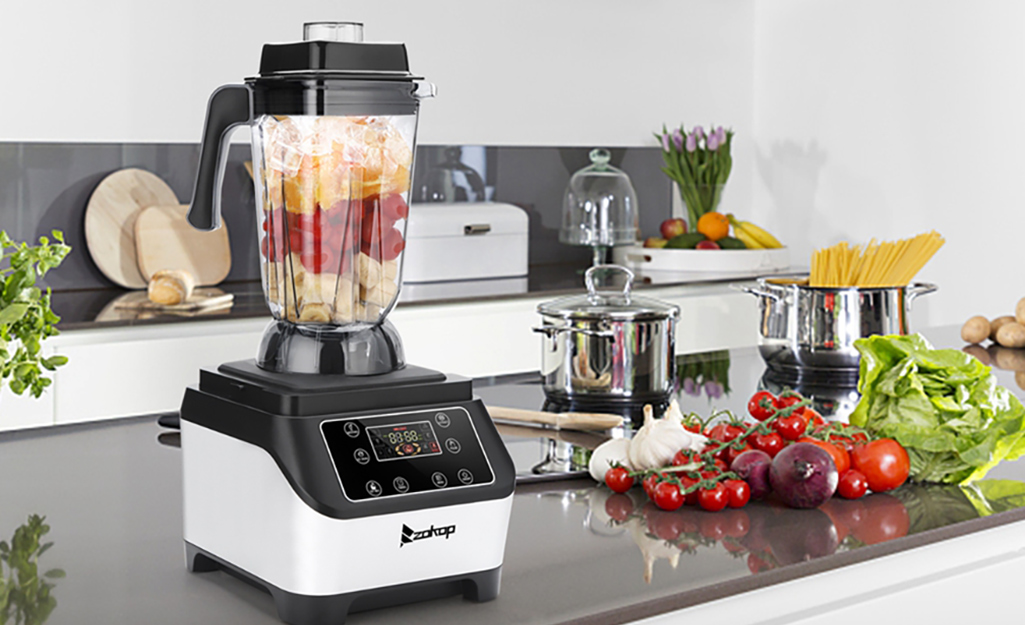
The old addage "out of sight, out of mind" is often true, especially about household items, but keeping your juicer out on the kitchen counter will help you to use it more often.
You will be more inclined to create a healthy juice every morning or try your hand at making a delicious carrot and ginger soup if your juicer is displayed on the counter.
If you have clear cabinets, you can also store the juicer at eye level so you can see it daily.
Keep Your Juicer Clean
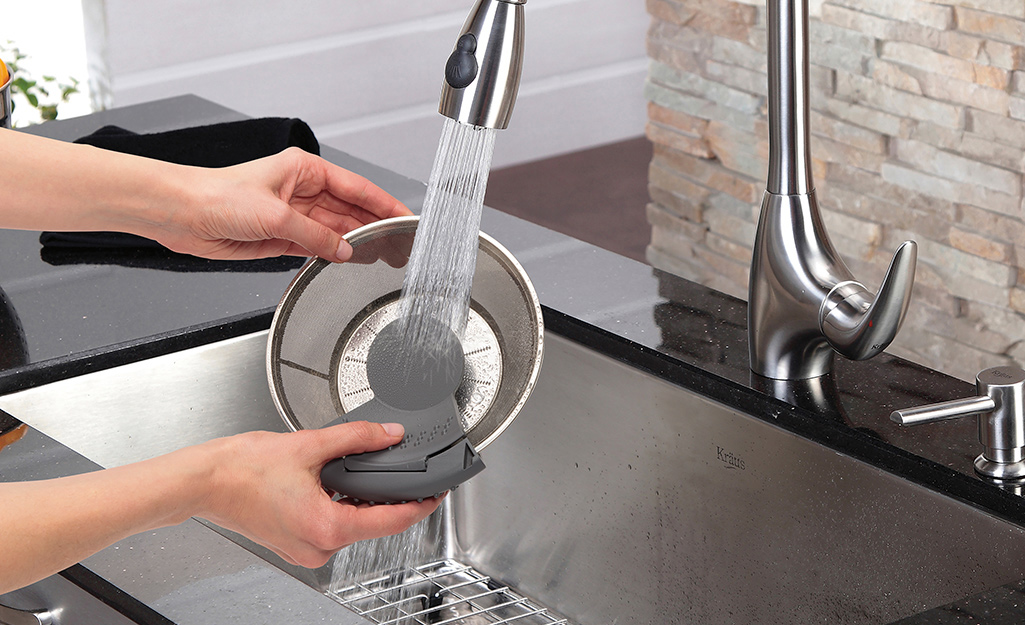
One of the best ways to ensure your juicer performs well and lasts longer is to clean it after each use. This will eliminate buildup and save you time in the long run. Most juicers are not dishwasher safe and will require handwashing after use.
While daily cleansing after use is ideal, be sure to disassemble and soak the various parts after a few uses to remove any scale or buildup.
Each juicer require a different cleaning method, so be sure to look at the manual.
Store Your Juice
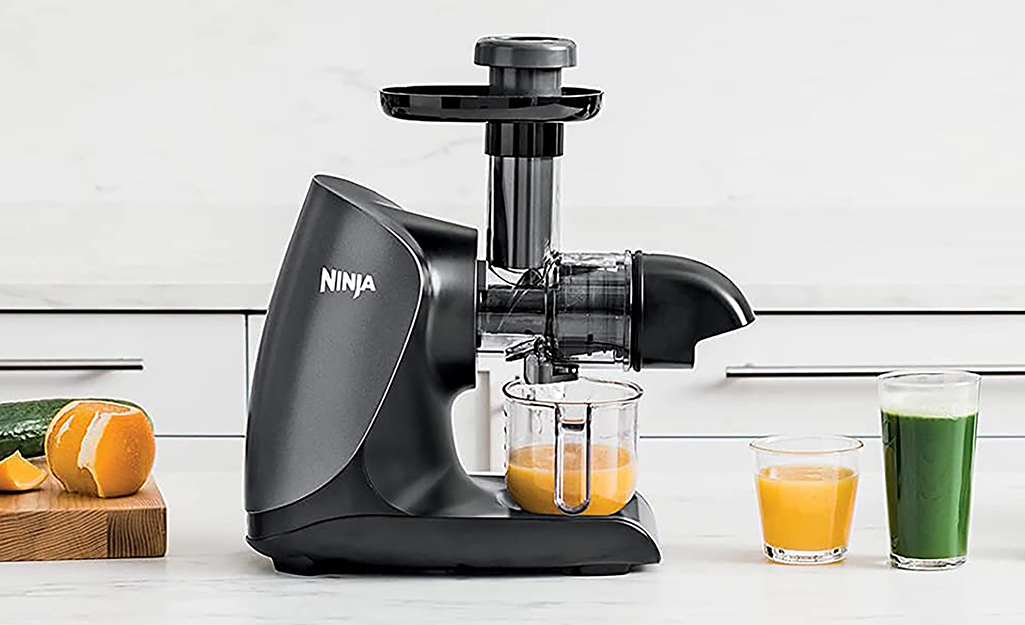
While fresh juice is always best, storing juice to drink later is fine as freshly prepared juice will last up to 72 hours when stored properly.
Always use a glass jar with an airtight lid to keep out any oxygen. Glass is best for storing juice because it won't absorb the juice's flavors or affect the taste like plastic would.
If you plan to share the fresh juice with family or guests, keep it in a glass container prior to pouring.
Knowing how to use a juicer allows you to make healthy recipes at home. Choose the style that works best for your needs and be sure to clean and store it correctly. Ready to find a juicer for your home?
The Home Depot delivers online orders when and where you need them.
